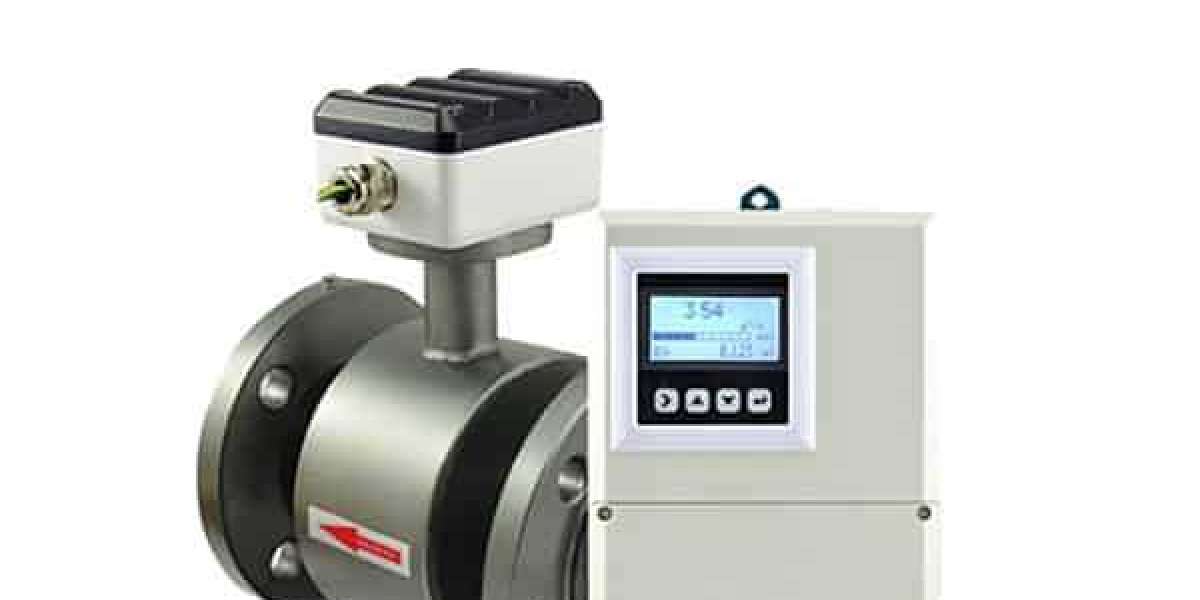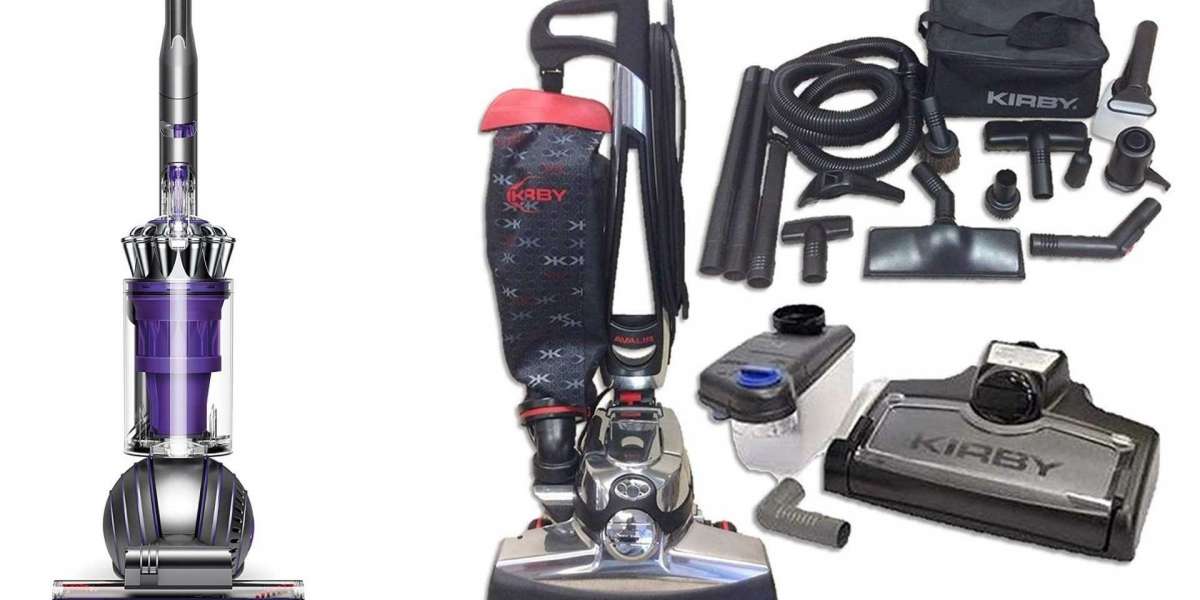A magnetic flow meter (mag flow meter) is a volumetric flow meter that has no moving parts and is ideal for wastewater applications or any dirty liquid that is conductive or water-based. Magnetic flow meters generally do not work with hydrocarbons, distilled water, and many non-aqueous solutions. Magnetic flow meters are also ideal for applications where low pressure drop and low maintenance are required.
Operating principle
Faraday's Law The operation of a magnetic flow meter is based on Faraday's law, which states that the voltage induced in any conductor as it moves at right angles through a magnetic field is proportional to the speed of that conductor.
Faraday's formula:
E is proportional to V x B x D where:
E = The voltage generated in a conductor
V = The speed of the driver
B = The intensity of the magnetic field
D = The length of the conductor
To apply this principle to flow measurement with a magnetic flow meter it is first necessary to establish that the fluid being measured must be electrically conductive for Faraday's principle to apply. As applied to the design of magnetic flow meters, Faraday's law indicates that the signal voltage (E) depends on the average speed of the liquid (V), the intensity of the magnetic field (B), and the length of the conductor. (D) (which in this case is the distance between the electrodes). In the case of wafer style magnetic flow meters, a magnetic field is established across the entire cross section of the flow tube (Figure 1). If this magnetic field is considered as the measuring element of the magnetic flow meter, it can be seen that the measuring element is exposed to hydraulic conditions throughout the cross section of the flowmeter. With insert-type flow meters, the magnetic field radiates out of the inserted probe (Figure 2).
Magnetic flow meter selection
The key questions to answer before selecting a magnetic flow meter are:
- Is the fluid conductive or water-based?
- Is the fluid or mud abrasive?
- Do you need a built-in screen or a remote screen?
- Do you need an analog output?
- What is the minimum and maximum flow for the flow meter?
- What is the minimum and maximum process pressure?
- What is the minimum and maximum process temperature?
- Is the fluid chemically compatible with the wetted parts of the flow meter?
- What is the size of the pipe?
- Is the pipe always full?
Insertion Magnetic Flow Meters
Insertion type meters offered by OMEGA Engineering have a standard 2 "NPT connection or fit into a specific tube connection. The FMG-550 series is designed for sizes 2" to 48 "with a flow rate of 0.05 to 10 m / s (0.15 to 33 ft / s). The FMG-550 series offers an analog output with a built-in display for flow and totalization. The FMG3000 series offers corrosion resistant materials for 0.5 to 8 "pipe. These insert type flow meters are ideal for large pipe applications.
Minimum conductivity: 5 to 20 microSiemens / cm
Installation Considerations: Select a location for the sensor where the flow profile is fully developed and is not affected by any disturbances. A minimum of 10 diameters of straight run pipe upstream and 5 diameters of downstream pipe is recommended. Some situations may require 20 pipe diameters or more upstream to ensure a fully developed turbulent flow profile. The magnetic flow meter is sensitive to air bubbles on the electrodes. If there is any doubt that the tubing is completely full, mount the sensor at a 45 to 135 degree angle.
Grounding Requirements: Magnetic flux sensors are sensitive to electrical noise that is present in almost all piping systems. In plastic piping systems, the fluid carries significant levels of static electricity that must be discharged to ground to obtain optimal flow meter performance. Instructions on the best way to ground the magnetic flow meter are included with the installation manual.
Online Magnetic Flow Meters
In-line type magnetic flow meters offer higher accuracy. They can be accurate to as low as 0.5% of flow. The insert styles offer an accuracy of 0.5 to 1%. Omega's FMG-600 series in-line wafer and flange style meters offer higher flows of 1 to 10 m / s. These in-line meters are offered in pipe sizes up to 12 ".
Minimum conductivity: 5 microSiemens / cm
Installation Considerations: Med





